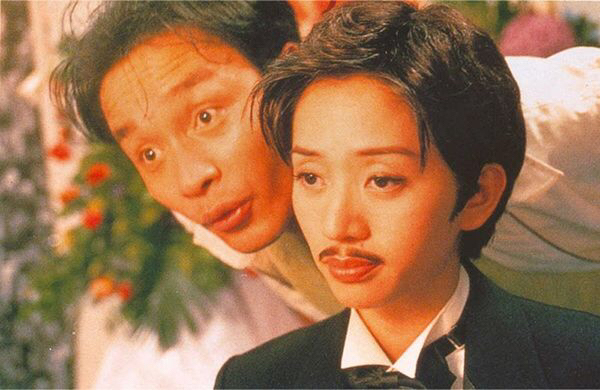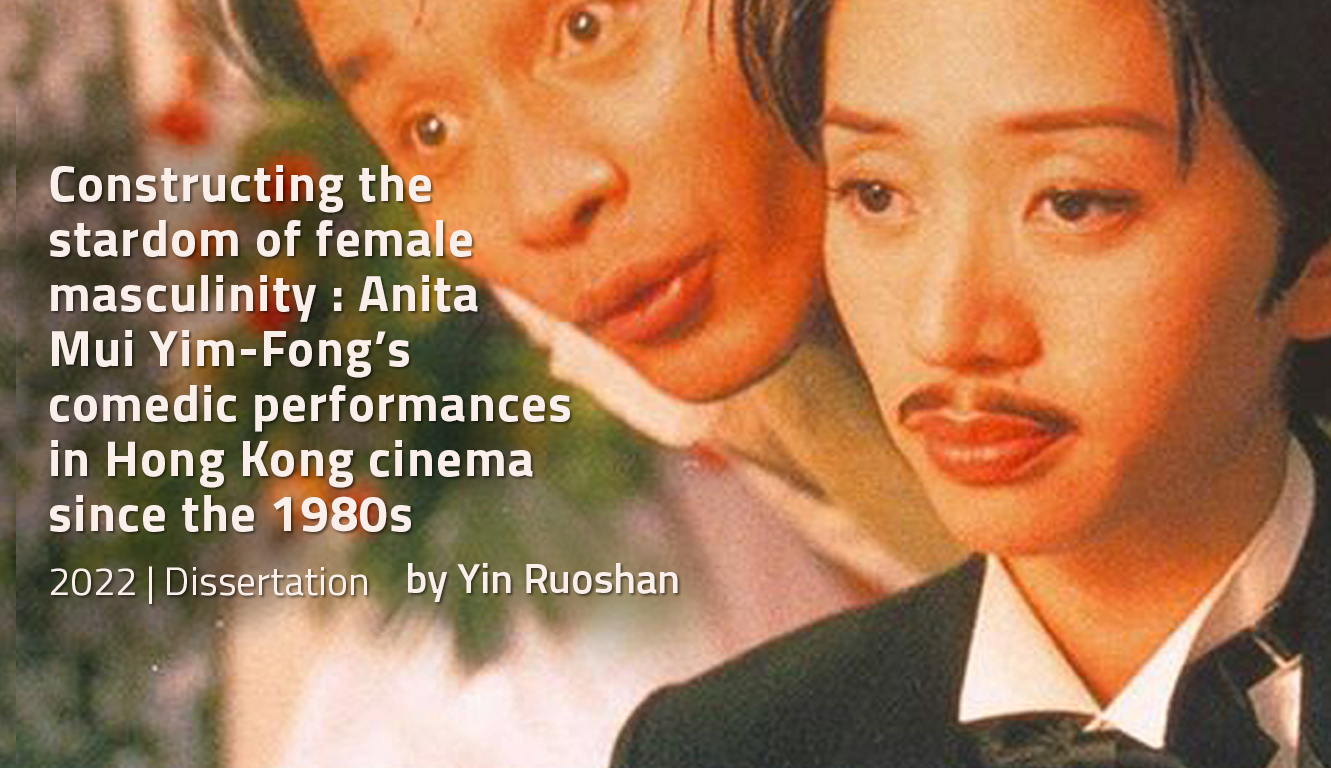Introduction
 This dissertation offers a feminist analysis of the “Cantopop Queen” and legendary actress Anita Mui Yim-Fong’s (1963-2003) comedic film performances from the mid-1980s to the early 2000s within the context of Hong Kong popular culture. It explores how she has challenged the stereotypical representations of the “masculine women” with her star persona transferred from music to cinema throughout the early, transitioning, and late periods of her artistic career.
This dissertation offers a feminist analysis of the “Cantopop Queen” and legendary actress Anita Mui Yim-Fong’s (1963-2003) comedic film performances from the mid-1980s to the early 2000s within the context of Hong Kong popular culture. It explores how she has challenged the stereotypical representations of the “masculine women” with her star persona transferred from music to cinema throughout the early, transitioning, and late periods of her artistic career.
If interested, you may read Ruoshan’s Dissertation here.
Experience at MALCS
I attended MALCS just in time for the final mini-peak of the epidemic, and happened to watch the hit Hong Kong biopic Anita (2021) just before the full lockdown in early 2022, and thus stepped into a golden age of Hong Kong cinema that was far removed from the era I lived in. To combat the anxiety brought on by the epidemic, I watched dozens of Hong Kong comedy movies from the last century over the winter break in preparation for the dissertation theme and fully experienced the charm of Hong Kong comedy and the influence of Anita Mui as a legendary diva. It is with love and admiration for Mui that I wrote this essay, and I hope that as you read it, you will empathize with these nuances of emotion and appreciate the pioneering nature of gender in her acting career.
I am grateful to the professors at MALCS for supporting my research on Hong Kong popular culture. MALCS is a programme that allows you to explore any topic of interest and express your opinions freely. After graduation, writing in the workplace may get thousands of reads and likes, but there's never that level of free expression again. A short year at MALCS is truly something to cherish.

